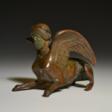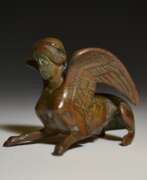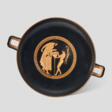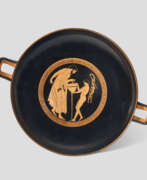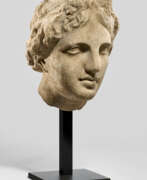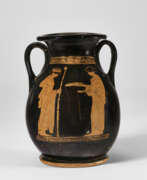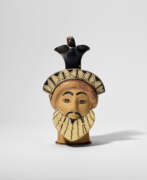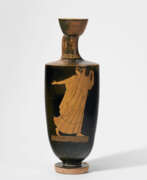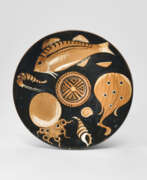Classical antiquity

Classical antiquity
Classical Antiquity, a term defining the period from the 4th century BC to the 2nd century AD, encapsulates an era of remarkable cultural and artistic achievements primarily in the Mediterranean basin, home to the ancient civilizations of Greece and Rome. This period, a cornerstone in the foundation of Western civilization, witnessed an unprecedented flourishing of arts and culture.
In the heart of this era, Ancient Greece, bolstered by the conquests and cultural patronage of Alexander the Great (336–323 BC), emerged as a beacon of artistic innovation. Macedonian rule, particularly under Philip II and Alexander, established Greece as a dominant cultural force. The period saw the rise of monumental sculpture and architecture, with artists like Lysippos defining the aesthetic norms of the time. Their work not only epitomized Greek artistic excellence but also influenced the burgeoning art scene in Rome.
Roman culture during this period was heavily influenced by Greek art and philosophy. The Romans assimilated Greek artistic styles and techniques, adapting them into their unique brand of cultural expression. This era saw the development of Roman sculpture, painting, and architecture, which would later define the artistic identity of the Roman Empire. The fusion of Greek and Roman art styles during this period laid the groundwork for what would become known as the Classical style, revered for its balance, harmony, and proportion.
As Classical Antiquity progressed, it laid the foundations for future artistic movements and cultural developments. The legacy of this era is evident in the enduring popularity of Classical themes and styles in art and architecture, which continue to inspire and influence artists and scholars to this day.
For art collectors and historians, the period of Classical Antiquity offers an invaluable window into the origins of Western art and thought. To stay informed about the latest discoveries, auctions, and exhibitions related to this influential era, sign up for updates and delve deeper into the rich tapestry of Classical Antiquity.
| Country: | Africa, Ancient Greece, Ancient Near Eastern, Ancient Rome, Asia, Byzantine Empire, Europe, Greece, Italy, Roman Empire |
|---|---|
| Start of the period: | IV century BC |
| End of the period: | II century |
